Make sure your party hasn’t lost track of something important! Here are five ways to make sure your D&D character never forgets.
When it comes to the many twists and turns of Dungeons & Dragons, there are myriad things to keep track of. Where you found the pieces of the artifact. What the enemy is up to. How many days you have before the stars align and the cultist’s ritual can be complete.
But remembering all of that is hard! Never mind that if you’re playing D&D you’re probably at least a little queer and/or neurodivergent—but often weeks (or in some cases months) can pass between sessions. And remembering something completely fake might just be your special skill—but on the off chance it isn’t, here are five ways to make sure your party always remembers that all-important plot info.
Bullet Points – Almost a Pitch Deck
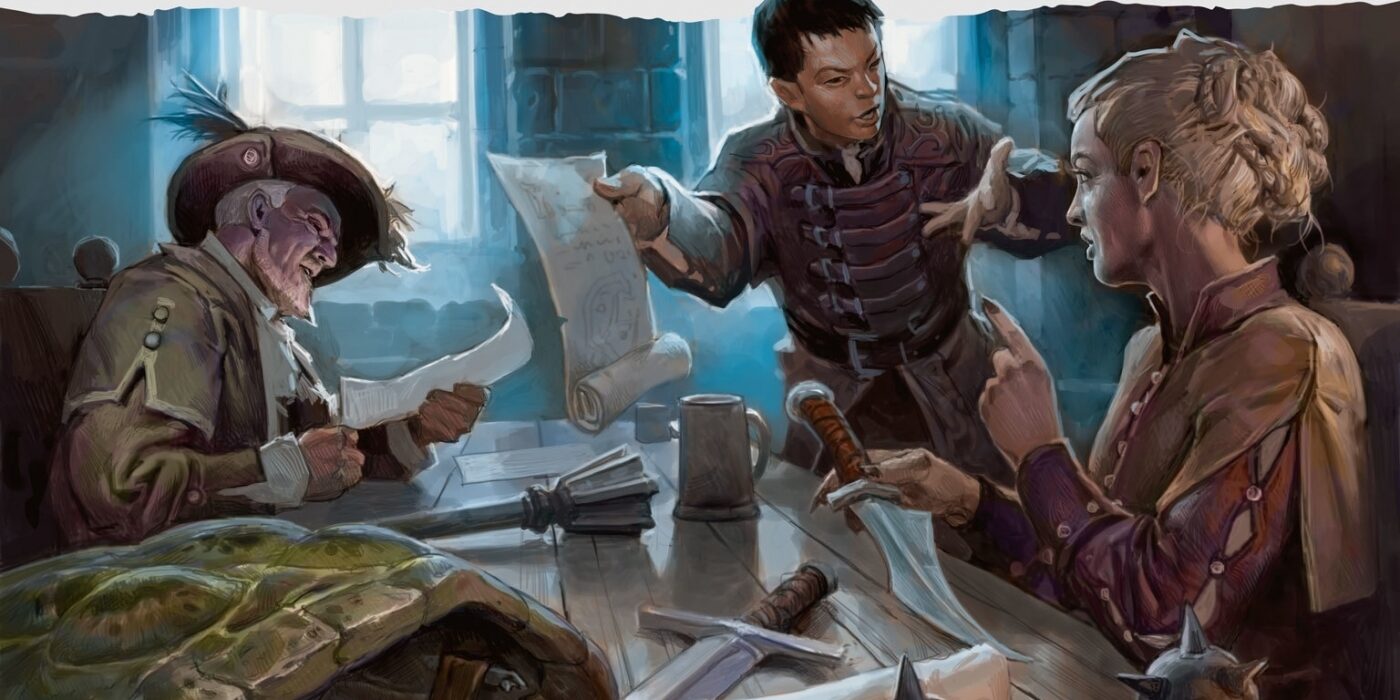
One of the best things you can do when trying to remember what the heck is happening in your campaign is to keep it short and sweet. A lot of times, all you really need is something to serve as a reminder. And as much as it pains me to admit it, if you go by PowerPoint rules, you can cover a lot of track without having to suddenly become a journaler.
A few bullet points can help you keep track of the broad strokes of what’s going on. And that can be the prompt that dislodges the facts from the wrinkles of your brain. Especially since you can organize things with sub-bullet points. So you can remember what you need to about a person, place, or thing in the world without having to use too much processing power. Something like:
- Lich – Enemy – What’s he up to?
- Killed the Baron
- Stole the Orb of Red Dragon Control
- Karth Bolmor – Merchant
- Boots of Elvenkind for only 1500gp!
- Mother kidnapped by Orcs
- War in the Greylands
- Lich is possibly involved
- No ruler
- Missing crown and royal seal
Or however you organize notes. Keep it short, keep it salient, keep it handy.
“Murder Wall” – Pepe Silvia at Last
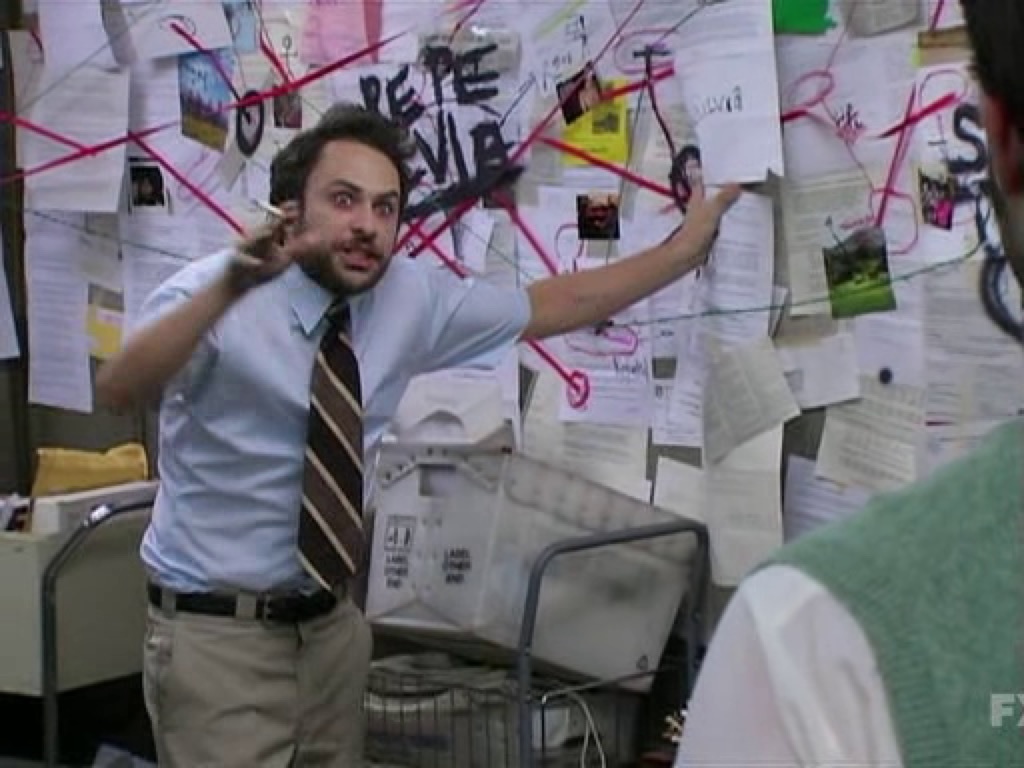
Okay hear me out. You don’t have to actually put up a wall with yarn and pictures on a wall of your house. But if you’re a more visual learner, this can absolutely be a way to explore the connections between things. Only instead of cutting out pictures from the paper like a detective who’s been pushed almost over the edge, you can just do a Miro board.
I find it’s often helpful to depict relations between information. This is a great way to keep track of an overarching plot. Especially if there’s mystery or intrigue. But you can represent the different element of your campaign visually. Get some character art for the villain. Or have a picture of the castle you’re supposed to infiltrate. And then just draw lines out from it to help you keep track of what bits of info go with what.
This one might be more useful for a DM—because this is absolutely how I keep track of what different factions are doing; they each get their own little entry on a board with their overarching goals and the moves they are making—but what’s good for the goose is good for the gander.
“Previously on Star Trek: The Next Generation“
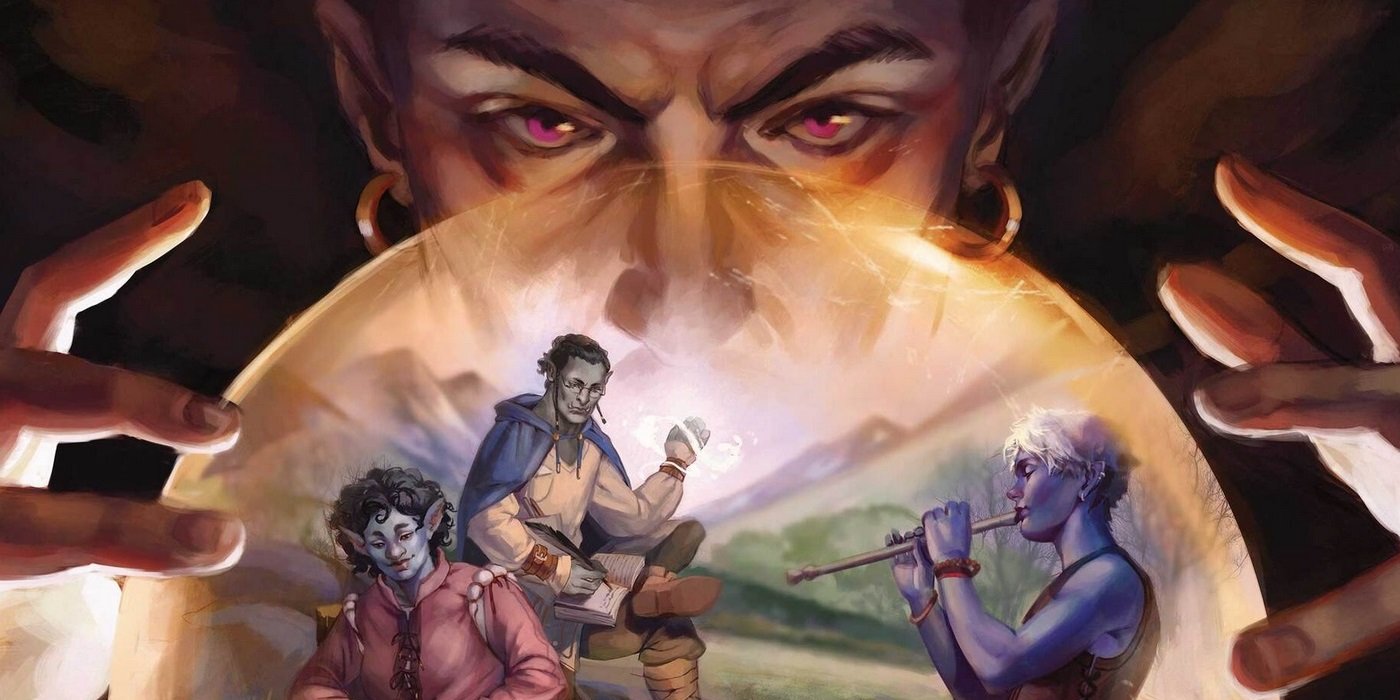
I once had a DM who started every session by asking for a recap of what happened previously. And players that could relate what had happened would start with Inspiration. I’ve also had a DM that just did a little “last time on…” recap for us at the start of every session. Both tactics are valid.
But I like the collaborative nature of a group recap. Because you’re not just relying on one person’s memory or notes, you kind of get to hive mind it.
Signs & Symbols
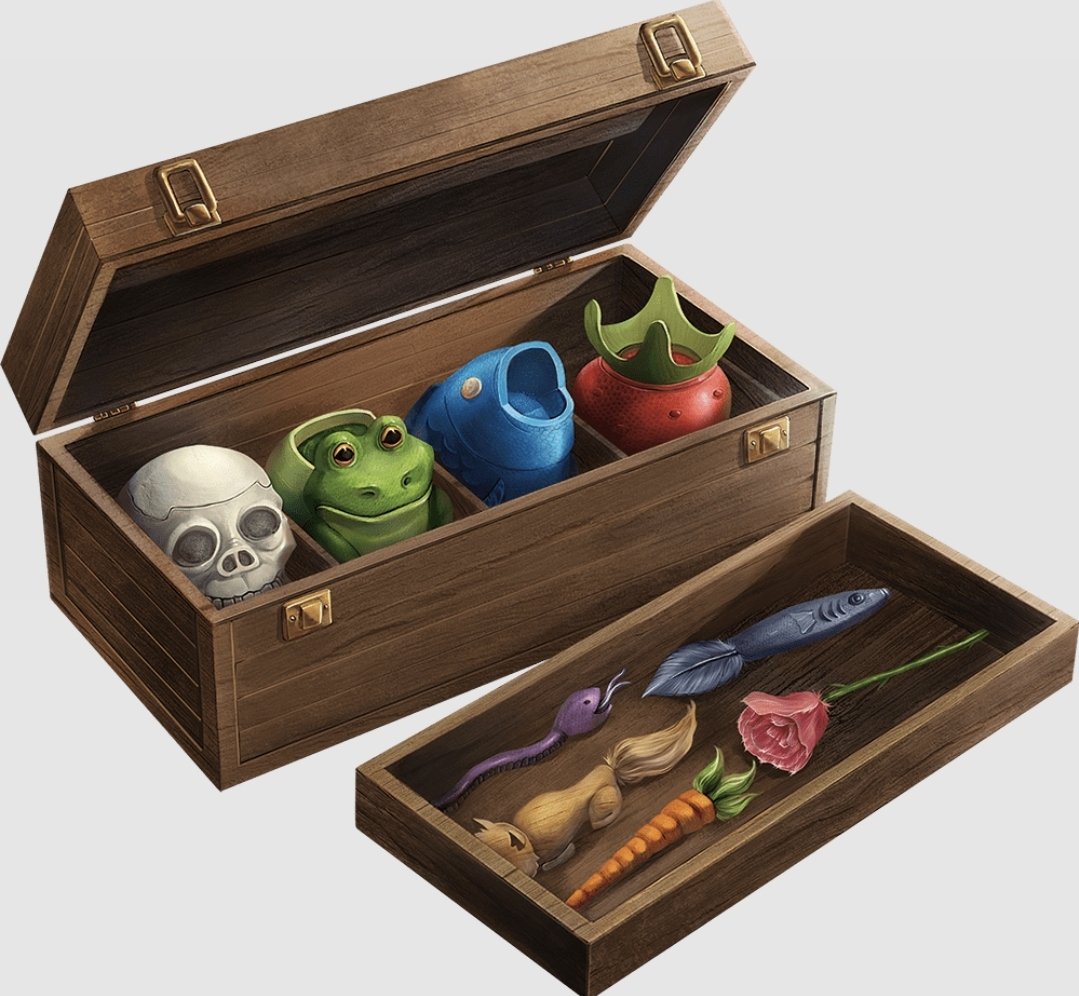
This is the one that got me through college. It turns out that if you doodle a little something alongside a note that you are physically writing down, it makes you remember it a lot more. But here’s the important thing—you have to doodle something related to whatever it is you are writing down.
Or at least, that’s how it worked for me. Your mileage may vary. But there are actual studies out there that prove a little bit of drawing can go a long way towards helping to keep the information in your head from flickering out like a candle in the wind. Draw a picture of the Lich’s phylactery. Or the entrance to the doom lord’s fortress, and odds are good you’ll remember about the secret entryway rumored to be at the back.
Characterful Goals and To-Do Lists
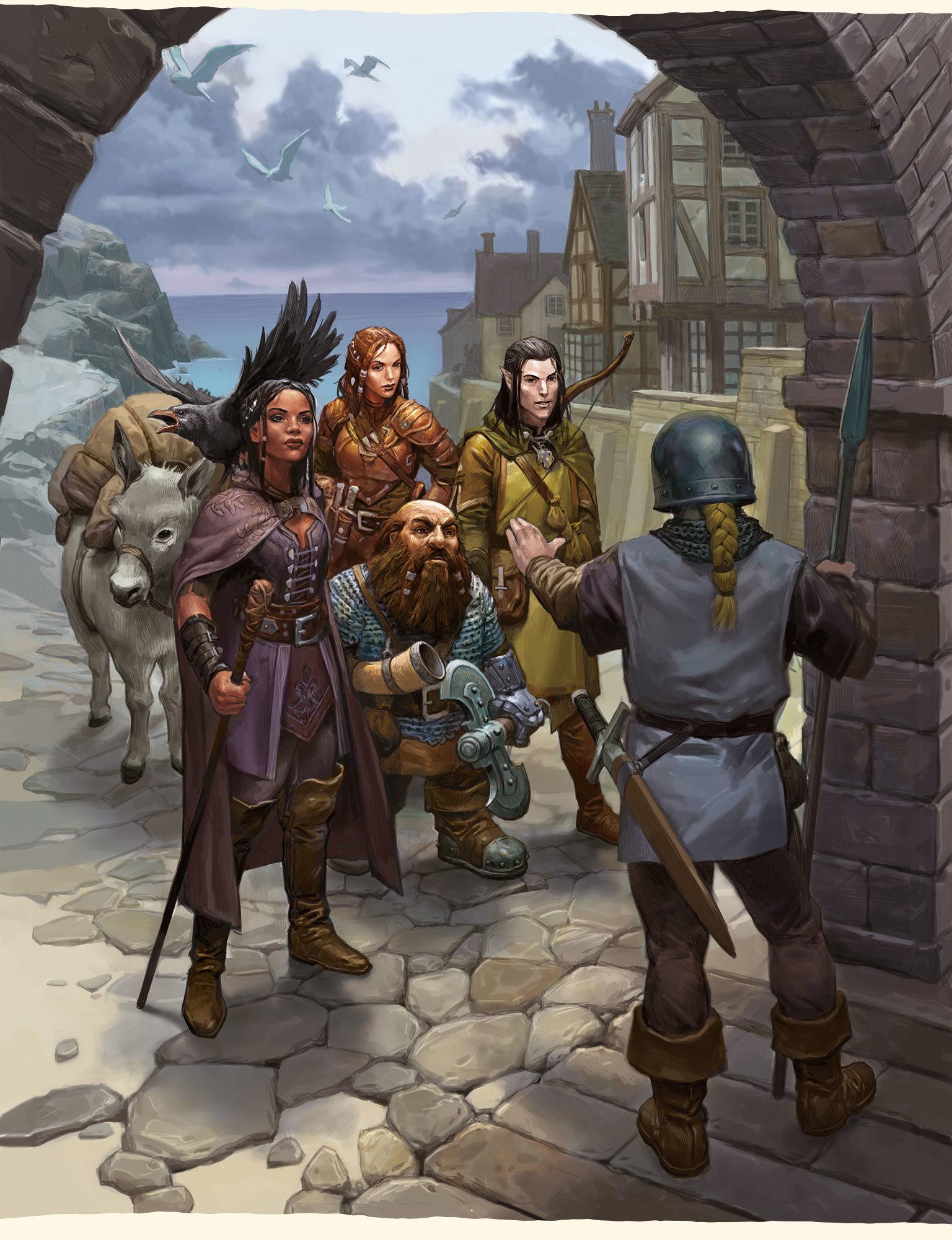
And last, but certainly not least, thinking about what you’re trying to do from the point of view of your character. This is a tactic I started doing when getting into play-by-post games. Because unless you get in with a group that has a suspicious amount of free time on their hands, days (or more likely weeks) will pass between posts. It’s hard to get immersed unless you take some extra steps.
So you think in character. You come up with lists of things your character wants to do—like “get a new sword, find the missing blink dog pups, start a small business”. Or you write down some notes dripping with your character’s opinion.
It’s both a writing AND character exercise. Because trust me, there’s nothing like coming back to a post after three real life weeks of thinking “surely this game has died” and here comes the Guildmaster. Then you consult your “character journal” and find a whole paragraph about why the Guildmaster is the worst. And then boom, you’re right back in it baby.
Happy adventuring!
Subscribe to our newsletter!
Get Tabletop, RPG & Pop Culture news delivered directly to your inbox.
Don’t Miss:
Read more at this site
